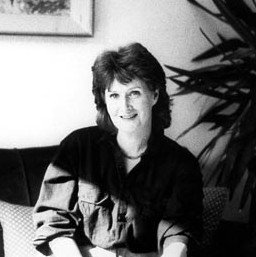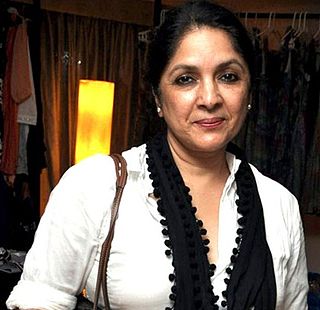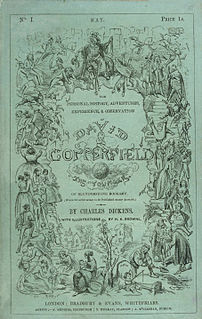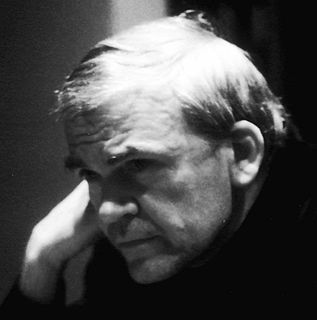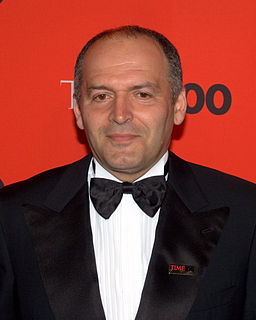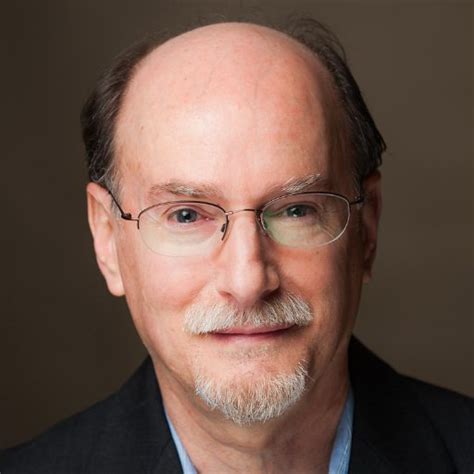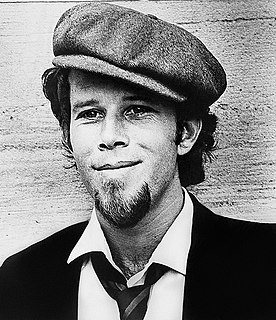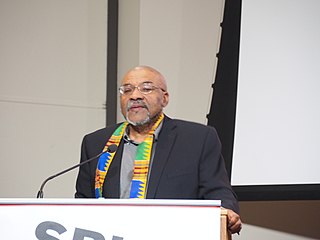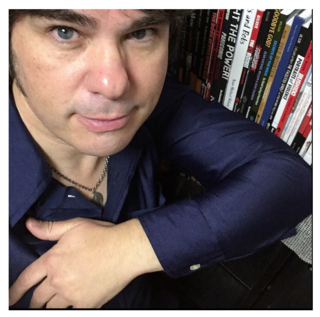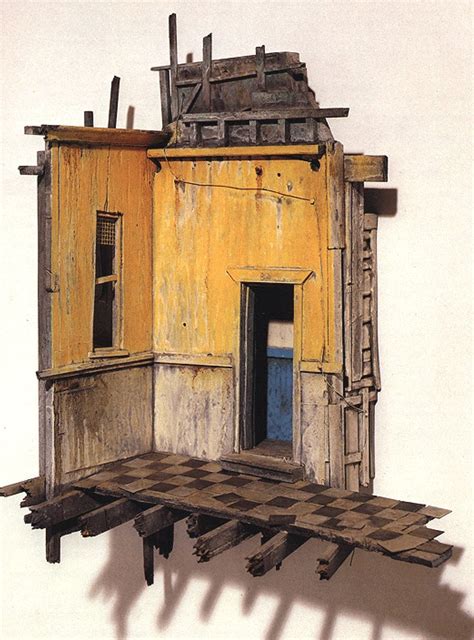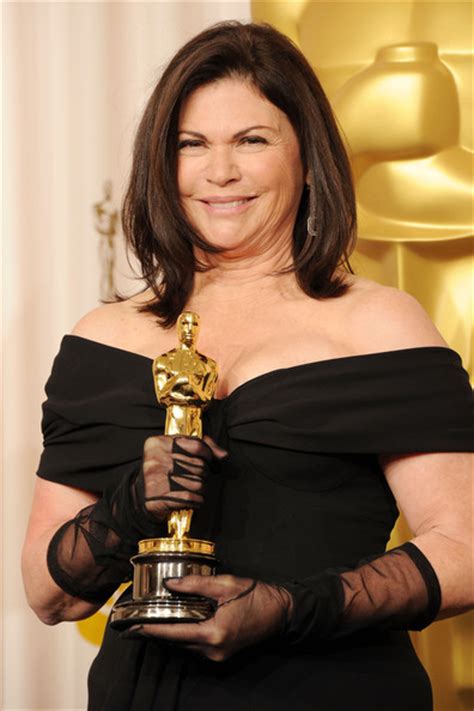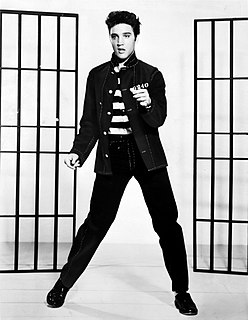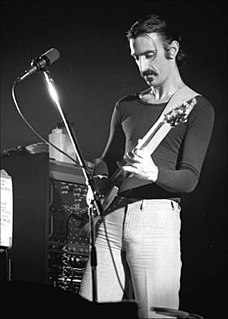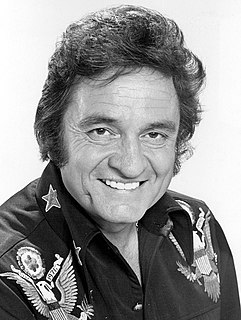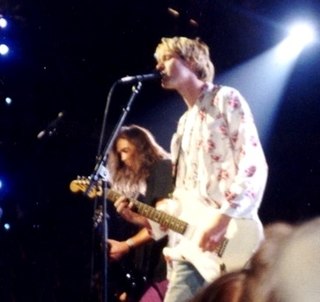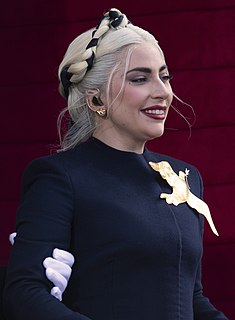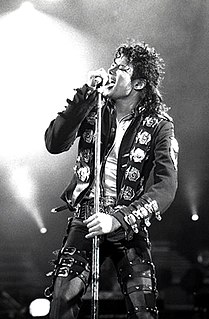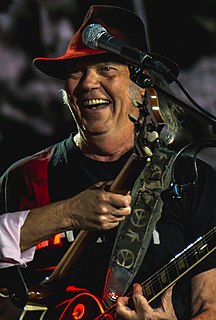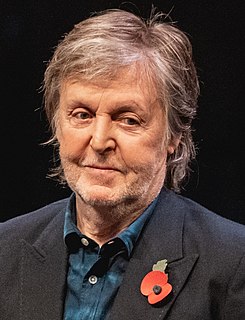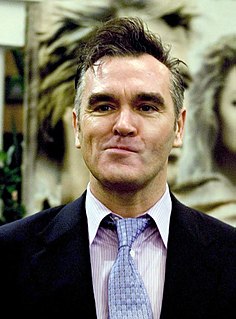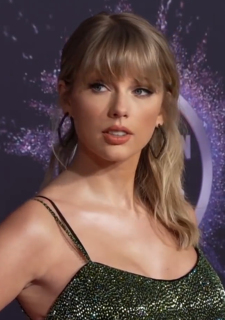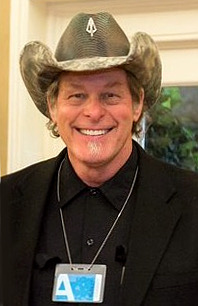A Quote by Peter Murphy
The goths are beautiful, a vast depth of subcultural, aesthetic and poetic ideas, and we would identify with that as we did back in 1979. But not the post modern distortion...the costume without the brain.
Related Quotes
The idea that we live in a post-modern culture is a myth. In fact a post-modern culture is an impossibility; it would be utterly unlivable. Nobody is a post-modernist when it comes to reading the labels on a medicine bottle versus a box of rat poison! You better believe that texts have objective meaning!
What Warcollier demonstrated is compatible with what modern cognitive neuroscience has learned about how visual images are constructed by the brain. It implies that telepathic perceptions bubble up into awareness from the unconscious and are probably processed in the brain in the same way that we generate images in dreams. And thus telepathic “images” are far less certain than sensory-driven images and subject to distortion.
I guess I've always lived upside down when I want things I can't have. My wife actually thinks I have a syndrome called Reality Distortion Field. It's kind of like drugs, only you can't come back from it. Reality Distortion is almost a permanent condition. Things come in and they go out: Presto, chango! To a certain extent, I did that with myself. As a kid, I did want to be an old-timer, since they were the ones with the big stories and the cool clothes. I wanted to go there. Now, I guess I want to bring that with me and go back in time.
For me, reggae music and its aesthetic are touchstones in both simple and complex ways. Reggae's capacity to be a folk music that is created in a wholly modern context of the recording studio (and sometimes that is the sole performance space) is riddled with the kinds of contradictory impulses that we have come to expect from the post-modern. I revel in this, for it gives me, shall I say, permission.
That's what I like about the idea of the aesthetic experience, the idea of both enjoying looking at works of art and how they kind of talk to you, and also the process of making art, getting back to that idea of the aesthetic experience of making art is very important, It's another way of thinking. Instead of just using your brain, you're using your hands to think with. They're different connections, the brain that comes through the fingertips as opposed that comes through the eyes and ears.
I design for the movie and the character as well as the person wearing the costume. I show the ideas to the actor, then do fittings for shape and technical things such as movement in the costume. Once the costume in this form is on the actor, you have a sense of their connection with it. I then take it to the next level with the final fit.

